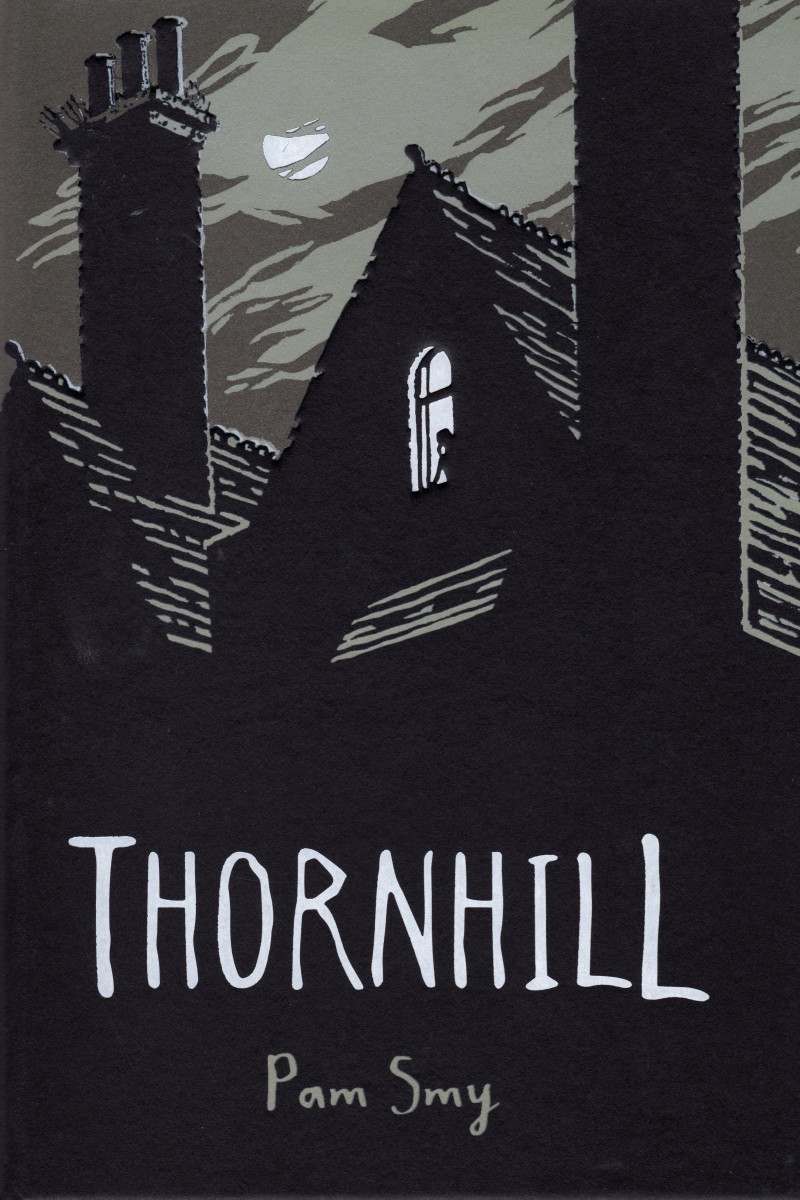
Prose and art combine to create truly terrifying time-travelling tale in Thornhill [Review]
Published:
Listen to this article
John Millen |
Published:
Sign up for the YP Teachers Newsletter
Get updates for teachers sent directly to your inbox
By registering, you agree to our T&C and Privacy Policy
Sign up for YP Weekly
Get updates sent directly to your inbox
By registering, you agree to our T&C and Privacy Policy